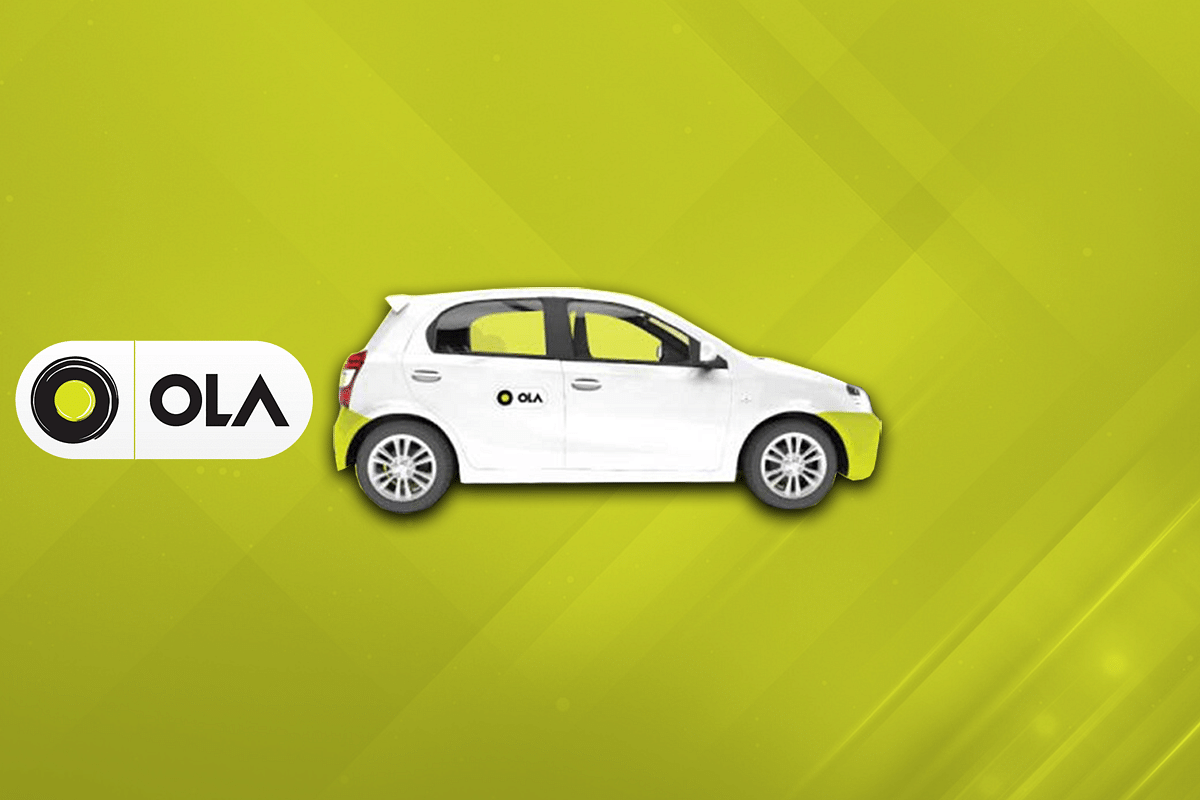Business
Is Ola In Trouble?
- While there isn’t much public information about Ola’s financial services business, it appears that the cab-hailing and two-wheeler businesses might be in for a rough ride.

An Ola car.
Ola has come a long way from a small trip-organising business named Olatrip.com to becoming one of the two players in India’s virtually duopolistic cab-hailing market. Ola had a valuation of $7.3 billion after its previous funding round in December 2021.
Ola Electric, which was initially a wholly-owned subsidiary of ANI Technologies (Ola’s parent entity), was later spun off as a separate entity, and commanded a valuation of $5 billion during its previous funding round. But, despite the hype around both Ola Cabs and Ola Electric, it appears that the businesses might be going through a rough patch.
Recently, Ola shut down its quick commerce business Ola Dash and ended the contracts of 2,100 workers, as per reports. These workers were involved in the operation of Ola’s dark stores. Ola Cars, another new business was shut down as well, so that the company could then focus on its EV business.
Both the businesses were barely a few months old and were launched with huge ambitions. The quick shutdown indicates that the businesses probably did not go in the expected direction. These businesses join a long list of businesses that Ola started and shut.
Most prominently, Ola has tried its hand at the food business several times with Ola Cafe, Ola Foods and Foodpanda (which was shut just one and a half years after the acquisition).
Currently, Ola is left with its cab-hailing business, the two-wheeler EV manufacturing business and its fin-tech business. It recently acquired Avail Finance, which is owned by Bhavish Aggarwal’s (Ola’s founder) brother, to strengthen its finance business.
Though ANI Technologies did have a stake in Ola Electric for the use of the brand name, it is a separate entity with a common founder, Bhavish Aggarwal. Ola Electric has grown at a rapid pace and has left behind several well-established EV players who have been in the market for a long time. It began operations at an opportune time, just as high petrol prices and environmental consciousness incentivised customers to look at alternatives for traditional vehicles.
Though it began making deliveries only in December 2021, it became the largest seller of EVs in April 2022 after it sold 12,683 units, surpassing players like Okinawa, Aether Energy, Hero Electric and others. But, its sales have fallen since May after the company shifted from a multiple payment window to a single full-payment mechanism.
Another factor that could have played a role in lower sales could be the customers’ complaints about the product’s quality, and the reports of EVs catching fire in various parts of India. The decline in sales and the negative publicity come at a time when several senior executives are reported to have exited Ola Electric.
These include its chief marketing officer, technology head, head of charging networks, human resources director and several others. The chief marketing officer and chief technology officer appeared to have quit around the same time when the company began facing allegations of inferior quality products and fire issues. The resignation of several officials within a short time span year has raised some eyebrows. Ola Electric is said to have seen over 32 resignations in the last two years.
The core business of cabs has been struggling as well. According to data provided by ENtrackr, between financial year 2019 (FY19) and FY20, revenues grew by 4.7 per cent, from Rs 2,543.6 crore to Rs 2,662.6 core. But, revenues collapsed by 63.1 per cent in FY21 due to the Covid-19 pandemic. Nevertheless, Ola’s losses have decreased from a loss of Rs 2,592 crore in FY19 to Rs 1,116.6 crore in FY21.
While FY22 is likely to have a better financial scenario, it is said that Ola is focused on cutting costs further. Ola is reportedly looking to lay off around 300 to 500 employees, just weeks after its shut down Ola Dash and Ola Cars.
In India, Ola and Uber are already facing driver ire over fares that are considered too low by driver-partners as fuel rates continue to rise. Driver-partner incentives that resulted in drivers joining the platforms in droves have been slashed resulting in increased driver dissatisfaction. Further, users have been complaining about the high rates of cancellations and the drivers’ insistence on cash payments.
It is likely that Ola’s initial public offering would be delayed in lieu of the ongoing bear phase in the equity markets. Several other tech startups that had listed on the exchanges at the peak of the market have seen a significant valuation decline. While there isn’t much public information about Ola’s financial services business, it appears that the cab-hailing and two-wheeler businesses might be in for a rough ride.
This piece was first published here.
Introducing ElectionsHQ + 50 Ground Reports Project
The 2024 elections might seem easy to guess, but there are some important questions that shouldn't be missed.
Do freebies still sway voters? Do people prioritise infrastructure when voting? How will Punjab vote?
The answers to these questions provide great insights into where we, as a country, are headed in the years to come.
Swarajya is starting a project with an aim to do 50 solid ground stories and a smart commentary service on WhatsApp, a one-of-a-kind. We'd love your support during this election season.
Click below to contribute.
Latest